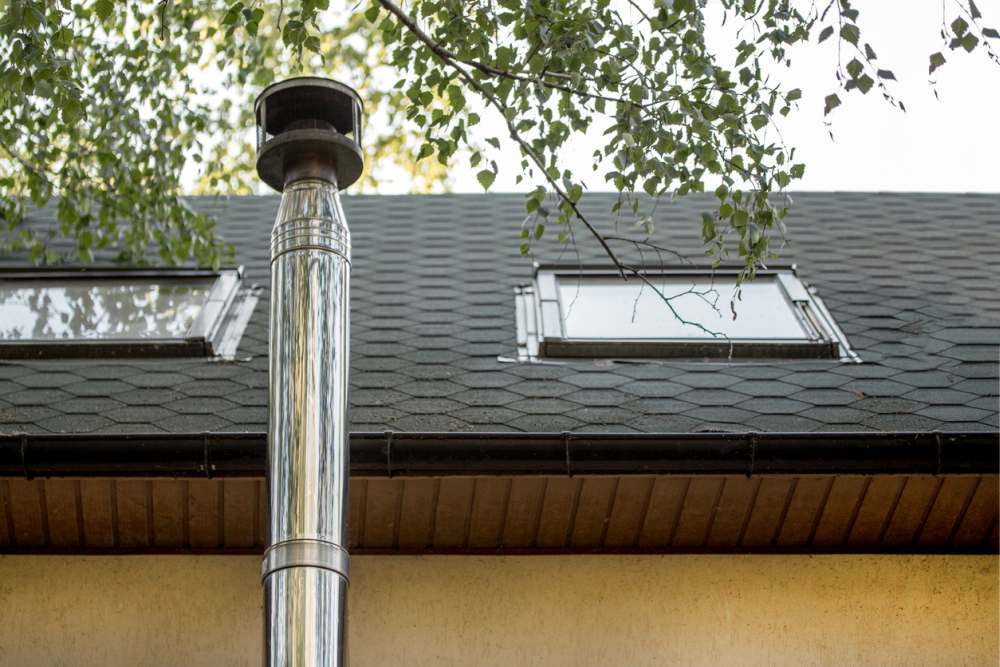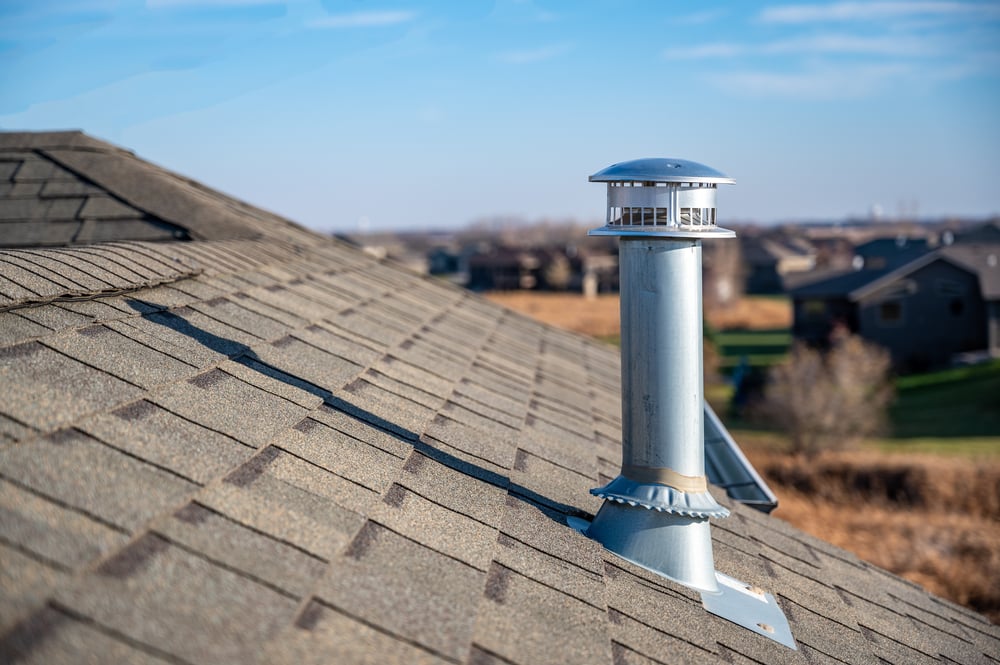Proper Ventilation in Plumbing Systems: What It Is Important
Proper Ventilation in Plumbing Systems: What It Is Important
Blog Article
In this article further down you can locate a lot of helpful guidance around What Is a Plumbing Vent and Why Is It Important.

Correct ventilation in plumbing systems is typically forgotten, yet it is essential for keeping the capability and safety of your home's pipes. Ventilation helps control air pressure, avoid the buildup of hazardous gases, and make certain the effective removal of waste. In this overview, we will check out the value of proper pipes ventilation, exactly how it works, and the benefits it offers your pipes system.
Comprehending Ventilation in Plumbing
Air flow in pipes refers to the network of pipelines that enable air to stream via the water drainage system. These vents serve several functions, consisting of controling air pressure within the pipes, avoiding sewage system gases from getting in the home, and helping in the smooth circulation of wastewater.
Exactly How Ventilation Functions in Pipes Solutions
Atmospheric Pressure Guideline
Correct air flow keeps balanced atmospheric pressure within the plumbing system. When water moves with pipelines, it displaces air. Without appropriate air flow, this displacement can produce adverse pressure, bring about slow down drains or siphoning of water from catches, which can create unpleasant odors to permeate right into the home.
Preventing Drain Gas Build-up
Among one of the most vital features of plumbing vents is to prevent sewage system gases, such as methane and hydrogen sulfide, from accumulating within the home. These gases can position significant wellness risks and are highly flammable. Vent pipes permit these gases to leave safely outside.
Helping in Waste Elimination
Ventilation assists in the efficient elimination of wastewater by preventing airlocks in the water drainage system. When air can move freely through the vents, it permits water and waste to stream smoothly via the pipelines, lowering the danger of clogs and back-ups.
Kinds Of Pipes Vents
Main Heap Vent
The primary pile vent, additionally referred to as the vent pile, is the main air vent in a plumbing system. It expands from the main drainpipe align through the roofing, permitting gases to escape and fresh air to get in the system.
Branch Vent
Branch vents attach to the major stack air vent and serve individual components, such as sinks, bathrooms, and showers. These vents make sure that each fixture has appropriate ventilation to work properly.
Air Admittance Shutoff (AAV).
An Air Admission Shutoff (AAV) is a one-way valve that enables air to go into the plumbing system without the requirement for a typical vent pipe prolonging with the roofing. AAVs are frequently utilized in renovations or locations where mounting a typical air vent is unwise.
Indications of Poor Air Flow in Plumbing.
Slow Draining Fixtures.
If your sinks, bathtubs, or commodes are draining pipes slowly, it could be an indicator of poor air flow. Inadequate air circulation can develop a vacuum cleaner effect, making it tough for water to drain appropriately.
Gurgling Appears.
Gurgling audios coming from drains are usually a result of air being drawn through water catches due to unfavorable stress in the pipes. This is a clear sign of insufficient ventilation.
Undesirable Smells.
Sewer odors inside your home are a red flag that your plumbing system is not effectively aerated. This could imply that drain gases are not being appropriately vented outside, leading to potentially harmful conditions.
Typical Ventilation Mistakes.
Inadequate Vent Sizing.
Using undersized vent pipes can bring about bad air circulation and stress imbalances in the system. It's necessary to make use of vents that satisfy the particular requirements of your pipes system.
Improper Vent Positioning.
Placing vents also much from the fixtures they serve can decrease their efficiency. Appropriate placement makes sure that air can move easily and effectively with the system.
Ignoring Code Requirements.
Building regulations give certain guidelines for pipes air flow. Neglecting these codes can result in a system that falls short to work correctly and might cause expensive fixings or health hazards.
Advantages of Correct Ventilation.
Improved System Performance.
Appropriately aerated pipes systems operate a lot more effectively, with fewer obstructions, faster draining pipes, and less pressure on the pipes. This effectiveness expands the life-span of the plumbing system.
Improved Air Top Quality.
By protecting against drain gases from entering your home, correct air flow adds to much better interior air quality, making your living setting healthier and more comfortable.
Preventing Water Damage.
Ample ventilation aids prevent water from being siphoned out of traps, which can cause sewage system gases getting in the home and creating water damages with time.
Actions to Ensure Appropriate Ventilation.
Consulting Plumbing Codes.
Constantly seek advice from regional plumbing codes when developing or modifying your pipes system. These codes provide the necessary guidelines for appropriate airing vent and ensure your system satisfies safety and security criteria.
Normal Evaluation and Maintenance.
Regular examinations can aid identify possible ventilation issues prior to they become major troubles. Upkeep tasks, such as cleaning up air vent pipelines and looking for clogs, are essential for maintaining the system in good working order.
Expert Installment.
For new setups or major alterations, it's smart to work with a specialist plumbing. They have the experience to make certain the air flow system is appropriately created and set up according to code.
Conclusion.
Correct air flow is a vital component of any pipes system, making certain that it operates effectively and securely. By understanding the value of air flow, acknowledging the indicators of bad ventilation, and taking steps to keep your system, you can protect against costly issues and secure your home's air quality.
4 Things You Should Know About Your Plumbing Vents
What Plumbing Vents Are
Also called a vent stack, a plumbing vent is a vertical pipe attached to your drain line that runs through your roof. The plumbing vent pipe, or plumbing air vent, removes gas and odors from your plumbing system and allows fresh air to enter the pipes, helping the water to flow out of the drain pipes.
What Plumbing Vents Do
Plumbing vents have two basic functions. One of which is to allow unpleasant smelling wastewater and sewer gasses to escape your plumbing system instead of entering your home. Plumbing vent pipes are typically located on roofs, away from windows, to ensure the fumes exit the home completely.
The other function of the plumbing vent is to move fresh air into your plumbing system. This helps move water through every plumbing fixture in your house, like toilets and sink drains. Think of the way in which you need to let a little air into the bottle as you pour soda in order to make the drink flow smoothly.
Different Types of Plumbing Vents
True vent: This is the most common vent option. In simplest terms, a true vent is a vertical pipe attached to your drain line that exits through the roof. They often function as the main vent that other fixtures can connect to. Re-vent pipe or auxiliary vent: Attached to the drain line near specific plumbing fixtures, re-vent pipes run up and over to connect to the main vent. Common vent: Two plumbing fixtures installed on opposite sides of a wall are typically tied into the vent stack using something known as a sanitary cross. Wet vent: This venting option operates as a drain pipe and a vent at the same time. Wet vent drainage systems drain water from one fixture while venting the air from another. Although they’ve been used for over 100 years, wet vent systems have only recently been added to the plumbing code in many areas. If you’re planning on installing one in a bathroom remodel, make sure you check your local code prior to construction. Loop vent: For free-standing fixtures like kitchen island sinks, loop vents are ideal. These vent pipes run under the floor, rise from the P-trap, and create a loop inside the cabinet sink. Air admittance valve: An AAV is a one-way mechanical valve typically installed at the site of the plumbing fixture. AAVs allow venting to occur without having to tie into a larger venting system. They’re ideal for venting fixtures where you aren’t able to easily connect to an existing vent system. Common Plumbing Vent Issues
Although vent pipes typically don’t have water flowing through them, they’re still subject to many typical plumbing issues. For example, clogs are one of the most common problems associated with sewer vent pipes. If your vent pipe gets clogged, all of your plumbing fixtures tied into the vent stack will be affected.
A sink with a slow drain that bubbles and gurgles or a strong sewage smell around your toilet are both indicators that your toilet vent pipe is clogged. Because most vent pipes exit through the roof, old leaves, twigs or even a bird’s nest could be clogging the pipe.
Clogs in your vent pipe system cause a buildup of negative pressure, meaning that water won’t be able to flow out of your home very well. It’s similar to putting your finger over the opening of a straw to trap water inside. When you remove your finger, the water is able to flow out of the straw.
If you suspect you have any blockage in your vent, make sure you have a professional come examine the situation. Left unchecked, a blocked air vent can lead to other costly repairs, like leaks and sediment buildup.
Under Pressure
Pipe vents are essential aspects of a home’s plumbing system. Owning a home means learning about all sorts of things you never put much thought into before. But by understanding as much as you can about the important systems of your home, you can keep those budgets intact and those anxiety levels low.
https://www.homeserve.com/en-us/blog/home-improvement/plumbing-vents/

I was made aware of that write-up about Essential Plumbing Vent Pipes: Understanding Their Role from a buddy on another domain. Appreciated our blog posting? Please quickly share it. Let others discover it. Many thanks for taking the time to read it.
Click Here Report this page